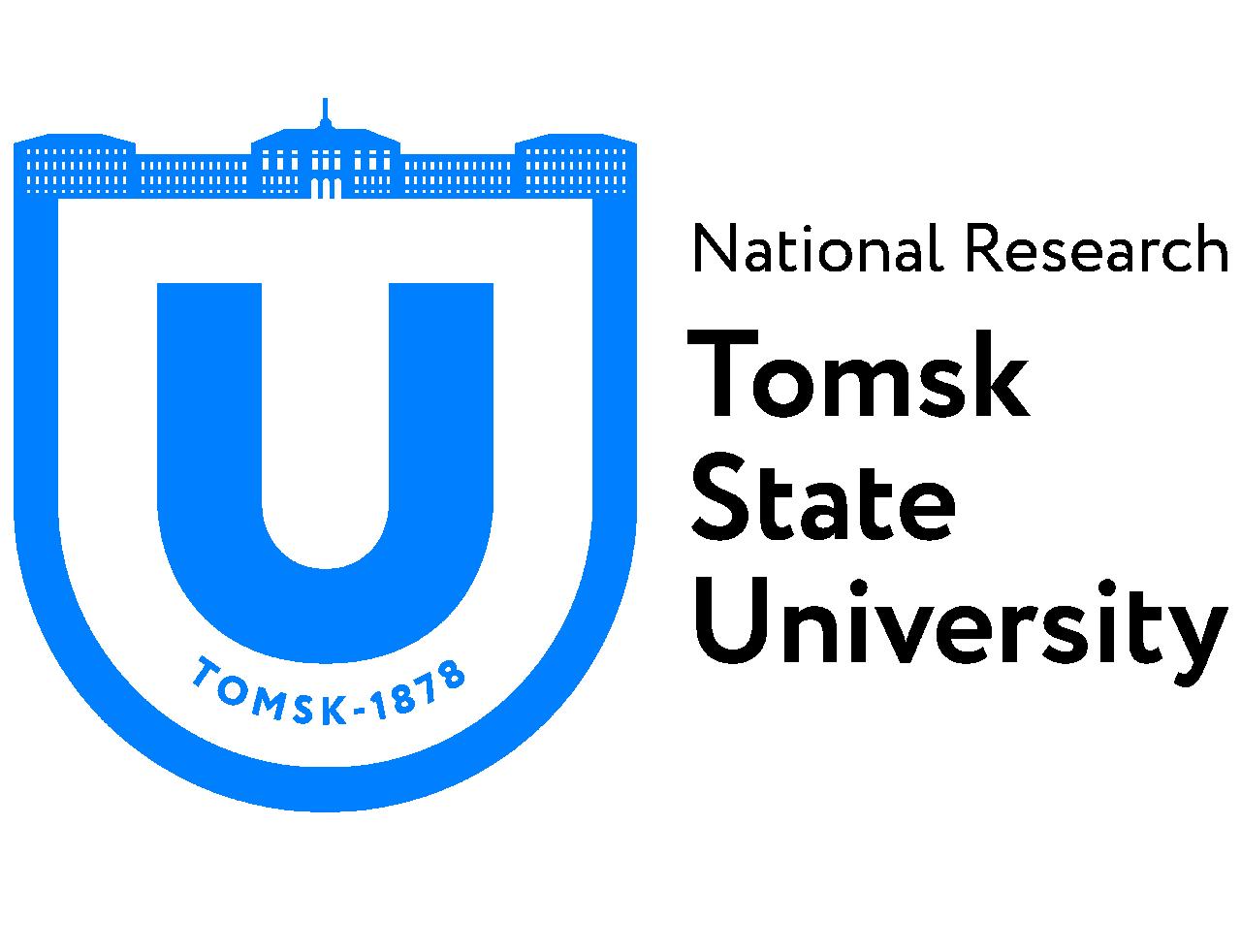Tomsk State University: Maastricht surgeon defends his PhD on vestibular implants at TSU
Raymond van de Berg, head of the ENT Department of Maastricht University Hospital (Netherlands), defended his PhD dissertation at Tomsk State University on the biophysics of a vestibular implant. The dissertation was written under the joint supervision of Professor Vladimir Demkin from the TSU Faculty of Physics and Professor Herman Kingma from Maastricht University. The product of his research is a complex mathematical model of a vestibular implant that optimizes the work of such an implant to help people regain the functions of the vestibular system in their inner ear: orientation in space, sense of balance, and gaze stabilization.
“For 30 million people with a vestibular loss, there is no effective treatment. It is possible to restore vestibular function only by implanting an artificial vestibular organ,” explains Professor Demkin, head of the Department of General and Experimental Physics and TSU Laboratory for Modelling of Physical Processes in Biology and Medicine. “However, the ones we have now are far from perfect. To develop a new vestibular implant we need fundamental knowledge on the conductivity of biological tissue, electrophysiology of peripheral vestibular labyrinth, and vestibular nerves.”
The PhD thesis of Raymond van de Berg, written under joint supervision, is dedicated to the work of the implant as a biotechnological system. His invention consists of a sensory system – gyroscopes and accelerometers measuring head movements and impulse generators and electrodes that transmit impulses to vestibular nerves. These impulses go into the brain via nerves, where they are processed to form signals that stabilize gaze and body position.
Direct electric stimulation replaces the vestibular organ and returns lost vestibular function. However, when electrical impulses are transmitted through the biological tissue of a vestibular organ they are distorted, which creates interference and disorient the patient. To solve this, the scientist needed to solve a number of problems concerning electrophysiology of peripheral vestibular labyrinth and finding the optimal regime of vestibular nerve stimulation.”
“The result of Raymond van de Berg’s work based at TSU and the Maastricht University is a complex physical and mathematical model of vestibular implant that will help improve the device and optimize its functions,” says Professor Demkin. “The model suggests a new form and location of electrodes in the inner ear, as well as a new form of electric impulse. Clinical experiments demonstrated the advantages of a complex approach to improving a vestibular implant. In the end, it will improve the effectiveness of treatment and bring their quality of life back to normal.”
International researchers are choosing TSU to receive their PhD more and more often. Recently TSU defense committee witnessed dissertations from India, Ruanda, Algeria, the Netherlands, and other countries in history and philosophy, radiophysics, systems analysis, data control and management, and biophysics.
In the first half of 2022, postgraduate students from China, Syria, Vietnam, Iraq, and Laos will also present their PhD dissertations.

